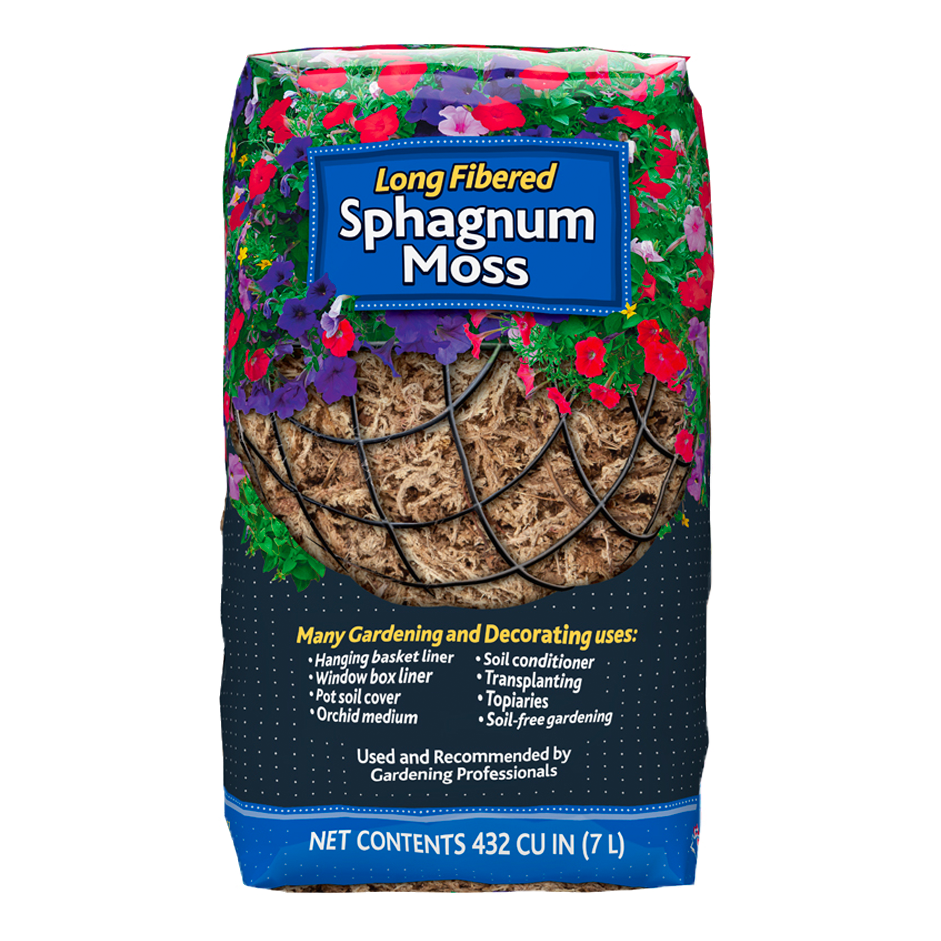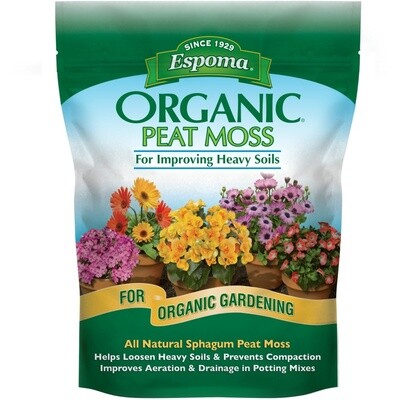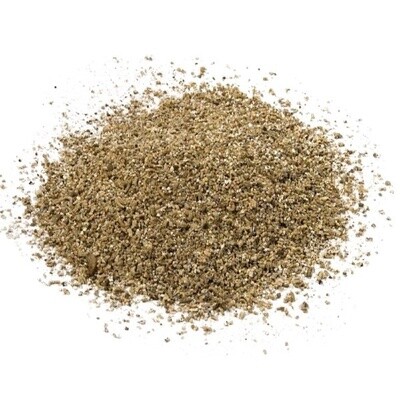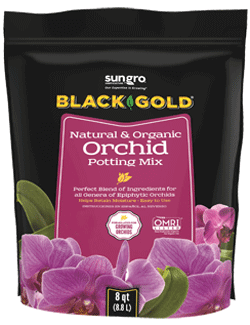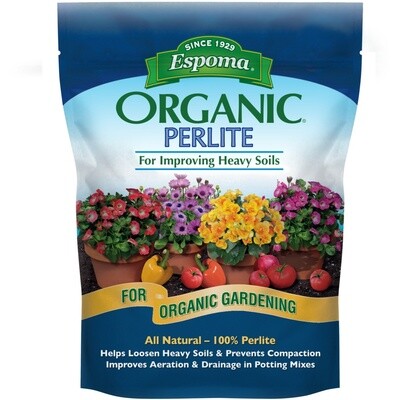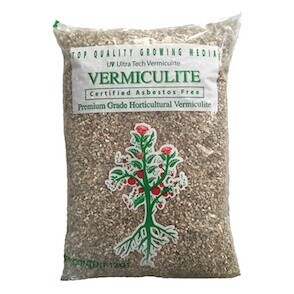Mosser Lee® Long Fibered Sphagnum Moss 7L
Mosser Lee® Long Fibered Sphagnum Moss 7L
Mosser Lee’s Long Fibered Sphagnum moss is one of Nature’s most valuable organic gifts to gardeners. Renewable sphagnum moss plant is harvested in our vast Wisconsin marshes, dried and hand packaged. Absorbs and retains 20 times its weight in water, twice as much as a cellulose sponge.
100% natural and organic.
432 cubic inch package.
Perfect for all types of projects:
- Orchids
- Seed starting
- Useful for planting vegetable plants and trees
- Pot soil cover
- Hanging basket liner
- Window box liner
- Medium for storing bulbs
- Topiary filler
- Hydroponics
Description
With roots stretching all the way back to before the last Ice Age, long fiber sphagnum moss is a winter-hearty plant possessing unique water retention and anti-bacterial attributes. The plentiful uses of the sphagnum long fiber were first recognized by the early Native Americans who used the plant in everyday life for dressing wounds, bedding, and diapering babies. It is an organic renewable resource regrowing in the same bogs every 5-7 years after harvesting. Using Mosser Lee’s long fibered sphagnum moss does not destroy our precious wetlands.
Why is long fibered sphagnum moss so valuable?
Mosser Lee’s Long Fibered Sphagnum Moss is the organic answer to many gardening and indoor floral projects. Because of its abilities to both absorb and hold 20 times its weight in water and repel bacteria, long fibered sphagnum moss has been heralded by horticulturists as the best solution to several basic gardening uses and problems. Sphagnum moss is commonly used for the culture of orchids, used to line hanging baskets or as packing material to protect plant roots during shipping. It is routinely used by gardeners for a soil cover to retain moisture in potted plants, air-layering plant propagation, seed starting medium in the milled form, living wreaths and to hold moisture longer in gardens. Long Fibered Sphagnum Moss In its natural wetland habitat, the long fibers play a vital role in regulating ecosystems and provides an important buffer system for other plants, which live alongside and benefit from the water and nutrients that the moss collects.
Sphagnum moss is not peat moss
Long Fibered Sphagnum moss is the live part of the sphagnum moss plant, whereas sphagnum peat moss is a product formed from decomposing sphagnum moss. Sphagnum and sphagnum peat are often confused, each having similar and distinctive characteristics and advantages. Peat is the most common organic material used for the preparation of potting mix because of its homogeneous and favorable agronomic characteristics. However, the organic peat material does not possess long fibered sphagnum moss ability to hold suppress soil borne pathogens, such as damping off.
Where does Wisconsin sphagnum moss grow?
Historically, sphagnum moss grew in the wetlands over a large part of the northern area of North America. The advancing glaciers during the Ice Age destroyed most of the vegetation, including sphagnum moss. However, the last glacier to cover the Midwestern United States, left a Driftless Zone in central Wisconsin untouched by the glacier’s destruction. This area is the only wetland that remains that hosts long fibered sphagnum moss in harvestable quantities in North America. These marshes have supported sphagnum moss harvesting for over 150 years. Other countries that have harvestable quantities of sphagnum moss include New Zealand, Chile, Japan and China.
Is Sphagnum Moss a moss?
The genus Sphagnum is in the family Sphagnaceae in the major group Bryophytes (Mosses and liverworts). Bryophytes are small, non-vascular plants, such as mosses, liverworts and hornworts. Botanically, mosses are non-vascular plants in the division Bryophyta. These mosses do not have roots that nourish the plant, rather nutrients are absorbed through the plant’s leaves. The leaves consist of two kinds of cells: small, green, living cells (chlorophyllose cells), and large, clear, structural, dead cells (hyaline cells). The latter have the large water-holding capacity. Sphagnum moss is self-regenerating through the sporing process.
There are approximately 150 species of Sphagnum moss found world-wide.
